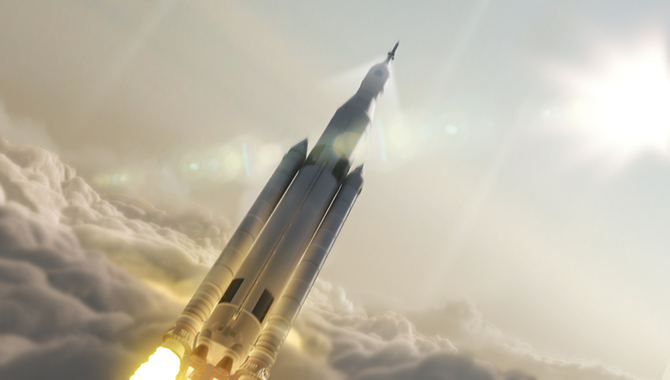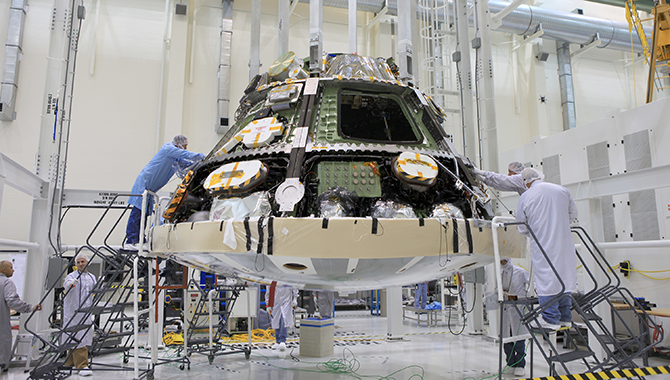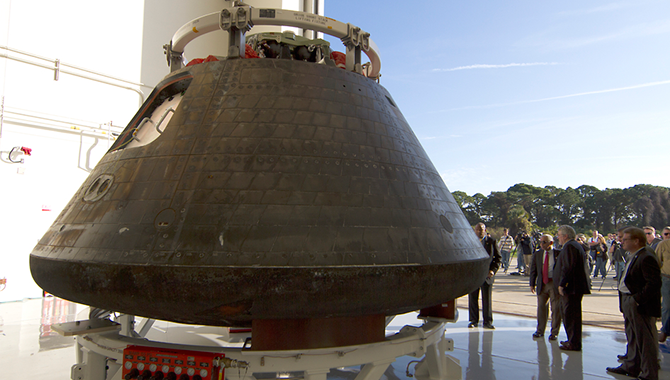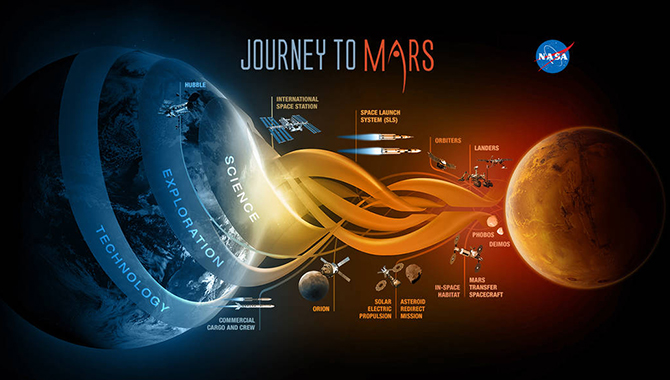
Computer-generated image of Mars using 3D information from the Mars Orbital Laser Altimeter, which was on NASA’s Mars Global Surveyor orbiter.
Image Credit: NASA/JPL-Caltech
Human space exploration speaks to a basic desire to explore and understand. Just as basic, says the National Research Council (NRC), is the need for ongoing support.
A new publication, Pathways to Exploration: Rationales and Approaches for a U.S. Program of Human Space Exploration, sets forth findings from a report submitted by the NRC Committee on Human Spaceflight. “How far from Earth can humans go?” and “What can humans discover and achieve when we get there?” are presented as the enduring questions on which the human drive to explore space is founded. However, the report suggested that a more pressing question might not concern what humans can accomplish in space, but rather: How do we get there in the current resource-constrained environment?
In the report, which was requested by NASA in accordance with the NASA Authorization Act of 2010, the NRC committee found that a U.S. human spaceflight program offers meaningful benefits to the nation on multiple fronts, including economic wellbeing, national security, and scientific discovery. In return for such benefits, a sustainable human space exploration program requires three critical elements for success:
- Adequate funding: A human space exploration program that ventures beyond low Earth orbit (LEO) requires a sustained political and financial commitment that persists across successive government administrations.
- International collaboration: Space exploration is now a multi-national concern, and leveraging the capabilities and financial support of international partners is imperative. The report suggested that partners beyond those involved with the International Space Station (ISS) should be considered.
- Pathways approach: The report encouraged a “stepping stone” process, in which closer destinations are targeted first, with technologies developed for each mission that can be leveraged for the next.
The report presented Mars as the “horizon goal” for human space exploration, and suggested several potential pathways to reach the planet. One option, ARM to Mars, begins with NASA’s proposed Asteroid Redirect Mission, moves on to exploration of the Martian moons, and culminates in a crewed mission to the red planet. The second, Moon to Mars, focuses on a mission to the surface of Earth’s moon, establishment of a habitable outpost on the moon, and an eventual manned mission to Mars. The final pathway proposed in the report, Enhanced Exploration, identifies multiple stepping stones to Mars: a minimal space station near Earth’s moon, investigation of an asteroid in its native orbit, a mission to the surface of the moon, establishment of a habitable outpost on the moon, and exploration of Mars’ moons.
Regardless of the pathway selected, the development of game-changing technologies is a crucial for sending humans to Mars. The report identified ten capabilities that must be matured before such a crewed mission is feasible, with the first three having the highest priority:
- Entry, descent, and landing capabilities for use on Mars
- Radiation-shielding technologies for deep space travel
- New propulsion and power sources
Developing these technologies will take time and financial support, which highlights the urgency of moving forward in a timely manner. To avoid a gap in capabilities between the decommissioning of the ISS in the 2020s and the next human spaceflight initiative, the report cautions that work on these technologies must begin right away.
Ultimately, the responsibility for revitalizing a U.S. human space exploration program rests with those who govern the nation. According to the report, none of the steps that NASA must take “can replace the element of sustained commitment…without which neither Apollo nor its successor programs would have occurred.”
Learn more about the NRC Committee on Human Spaceflight report and Pathways to Exploration: Rationales and Approaches for a U.S. Program of Human Space Exploration.
Read about NASA’s Asteroid Redirect Mission.









